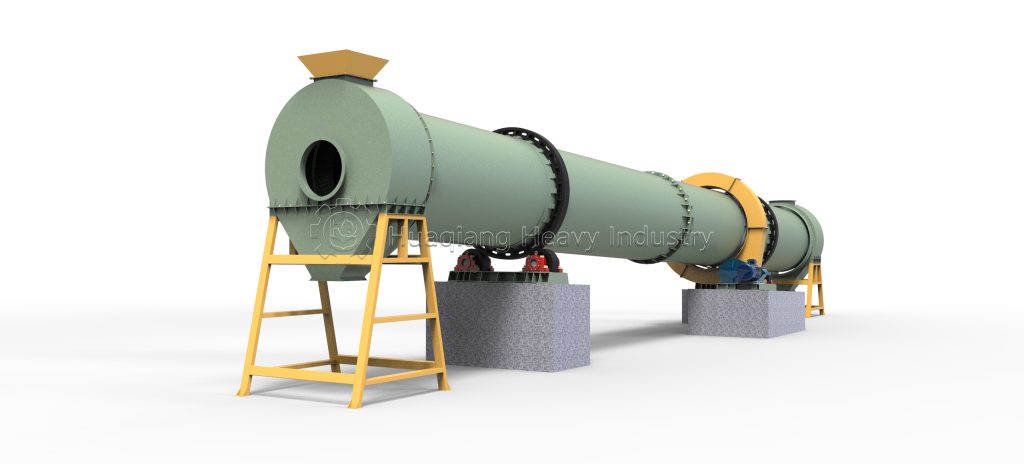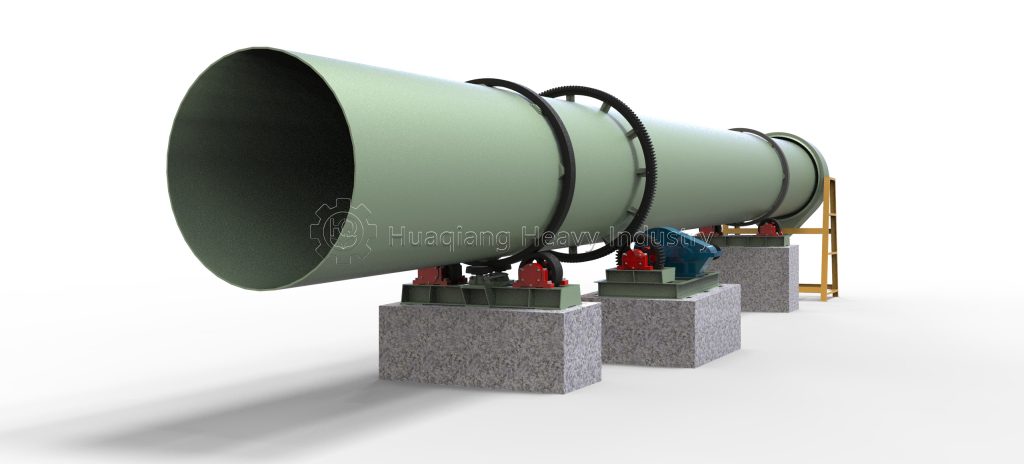In the organic fertilizer production process, composting serves as the foundational step where organic materials decompose into nutrient-rich fertilizer, with optional drying and cooling stages refining moisture content and stability. While these steps are common in organic systems, they become essential in NPK fertilizer manufacturing processes, where rotary dryers and coolers precisely control particle hardness and moisture to meet granular fertilizer standards, ensuring optimal nutrient blending and storage stability for chemical-based formulations.
Why Drying and Cooling Matter
Fresh compost typically contains 30%-50% moisture content. Direct packaging would lead to mold growth and nutrient loss. A fertilizer dryer uses gentle hot air to reduce moisture below 15%, extending shelf life while improving storage and transportation convenience. The cooler then rapidly brings down the temperature, preventing residual heat from damaging beneficial microorganisms and creating ideal conditions for subsequent screening and packaging.
Complete Compost Production Process
- Raw Material Preparation: Crushing and mixing organic waste like livestock manure and straw
- Fermentation Phase: Regular aeration in fermentation tanks using turners for 15-30 days
- Fine Crushing: Processing fermented clumps with semi-wet material crushers
- Formula Blending: Adding specific nutrients according to crop requirements
- Drying Process: Gentle dehydration in rotary dryers at 80-120°C
- Cooling Stage: Counter-flow coolers bringing materials to room temperature
- Screening and Coating: Grading with vibrating screens, sometimes with anti-caking treatment
For small-scale farmers, natural sun drying might suffice, but commercial production must consider efficiency and quality consistency. Modern drying and cooling equipment precisely controls critical parameters, ensuring each batch reaches optimal condition. When you smell that faint earthy fragrance and see uniform, fine granules, you’ll understand the true value of these processes.




